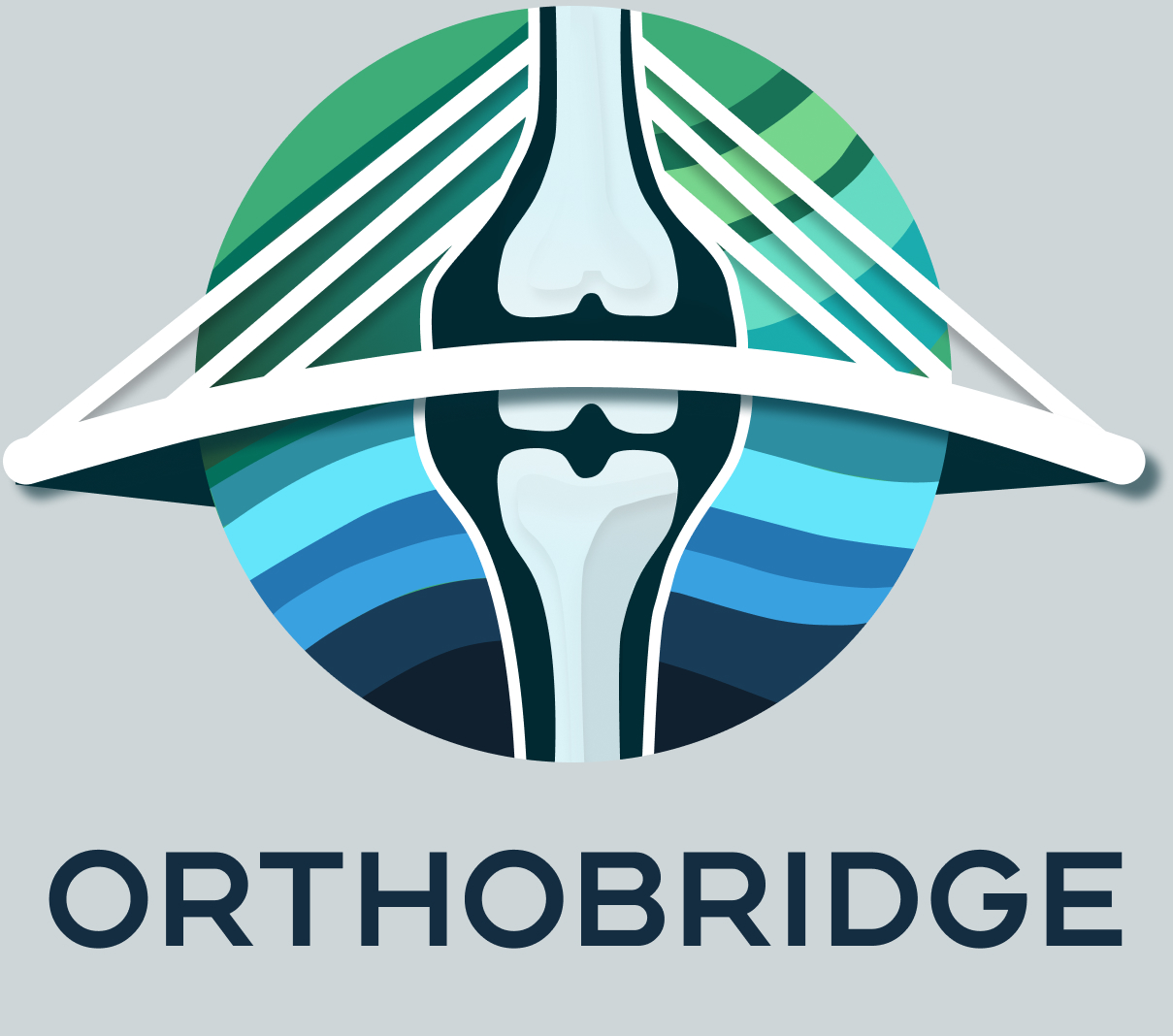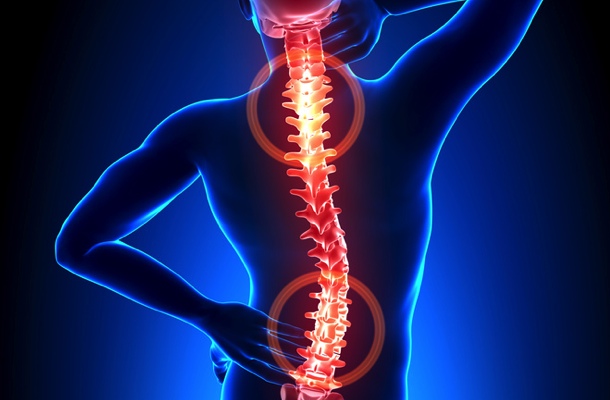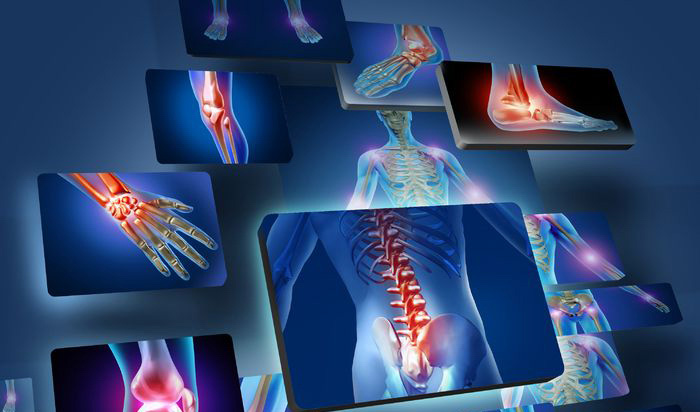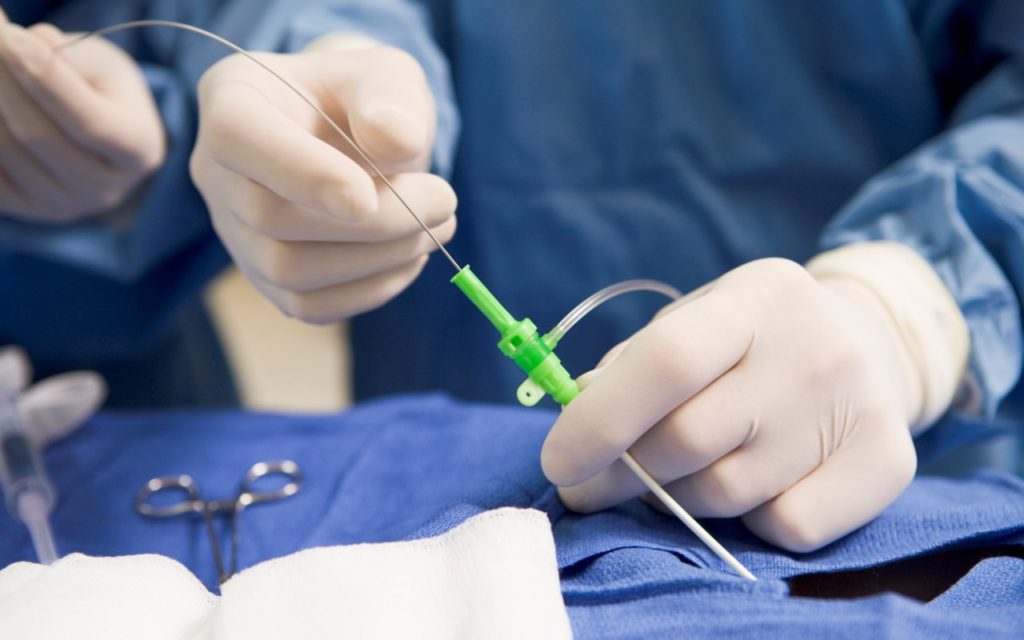Shoulder arthritis refers to damage to the cartilage in the shoulder joint. It usually results from wear and tear on cartilage due to aging or injury, such as a fracture.
Arthritis is a condition that causes pain in the joints. According to the Arthritis Foundation, it affects approximately 60 million adults and 300,000 children in the United States. There are over 100 different types of arthritis.
Arthritis can affect various joints, including the shoulder.
The shoulder contains three bones:
- the upper arm — humerus
- shoulder blade — scapula
- collarbone — clavicle
There are two joints in the shoulder: where the clavicle meets the shoulder blade and where the humerus meets the scapula. Arthritis can affect one or both of these joints.
This article discusses the types and symptoms of shoulder arthritis. It also examines how doctors diagnose and treat shoulder arthritis and includes tips for maintaining shoulder health.
Osteoarthritis
Osteoarthritis is the most common form of arthritis, affecting over
Osteoarthritis breaks down the cartilage surrounding the joints, resulting in the protective space between bones decreasing and the joints rubbing against each other.
The risk of this arthritis type increases with age, and individuals over 50 years are more at risk.
Rheumatoid arthritis
Rheumatoid arthritis is chronic arthritis that can develop in various joints. It occurs when the immune system attacks healthy cells, damaging cartilage, ligaments, and bones. It also causes the lining of the joints to swell.
Rheumatoid arthritis usually symmetrically affects both sides of the body, meaning it will likely affect both shoulders at once.
Post-traumatic arthritis
Post-traumatic arthritis occurs following a shoulder joint injury, such as a fracture or dislocation. This type of arthritis can usually disappear spontaneously within 2–3 months.
Rotator cuff tear arthropathy
A rotator cuff is a tissue that keeps the humerus bone in the center of the shoulder socket.
Sometimes, the rotator cuff can tear, preventing it from performing its job correctly. The tear allows the humerus bone to rub against the joint, damaging the bone surface and resulting in the development of arthritis.
Avascular necrosis
Avascular necrosis is a painful condition. A person develops a disruption in the blood supply within the shoulder, resulting in the death of bone cells and arthritis.
Initially, avascular necrosis develops in the head of the humerus bone. In time, this can cause damage to the socket where the upper arm and shoulder blade meet.
Avascular necrosis may develop due to factors such as:
- disease
- traumatic injury
- steroid use
- excessive alcohol consumption
Symptoms
Symptoms of shoulder arthritis may include:
- pain that worsens with physical activity and over time
- limited shoulder mobility
- stiffness
- a grinding, clicking or snapping noise, known as crepitus
Diagnosis
A doctor may discuss a person’s medical history, genetics, and symptoms to help them make a diagnosis. They may also perform a physical examination.
During a physical examination, a doctor will look for signs of:
- weakness
- swelling
- tenderness
- grinding
- pain
- reduced mobility
- current or previous shoulder injuries
- any other affected joints
If they suspect arthritis, they may send a person for an X-ray. These tests give doctors a clear picture of the bones to identify the type of arthritis. For example, they may see any of the following:
- a lack of joint space
- bone cysts
- bone changes
- bone spurs

Treatment
People with arthritis usually manage pain using medications, ice, and heat packs. These methods can also help to reduce swelling. Additionally, doctors may recommend a person rest the affected joint.
Physical therapy may help a person increase mobility and reduce pain using specific exercises.
Sometimes, a doctor may administer corticosteroid injections to the joint, temporarily reducing pain and swelling.
If nonsurgical interventions do not work, people may receive surgery. The surgical options include:
- Arthroscopy: Using a small camera, doctors can see inside the joint. They make a small incision and, using thin surgical tools, clean out the shoulder joint. This process is also known as debridement.
- Shoulder joint replacement: This is a more extensive and invasive surgery. It involves surgeons removing the damaged parts of the shoulder and replacing them with artificial components. Research suggests that shoulder joint replacements relieve pain for various types of arthritis. A shoulder joint replacement may last for many years.
Tips for good shoulder health
A person can maintain optimum shoulder health using various strategies, such as:
- stretching the muscles regularly, particularly before exercising
- avoiding carrying heavy bags, particularly on one shoulder
- aiming for good posture
- avoiding holding the arms over the head for extended periods
- avoiding too much heavy lifting
- taking breaks from repetitive activities involving the shoulder
Summary
Five different types of arthritis can affect the shoulder joints, including:
- osteoarthritis
- rheumatoid arthritis
- post-traumatic arthritis
- rotator cuff tear arthropathy
- avascular necrosis
People can usually manage arthritis pain with medication, heat packs, and ice. They may also perform shoulder exercises to increase mobility in the joint.
Sometimes, a person may need surgery. A shoulder joint replacement is a surgical option that can help with pain and last several years.












